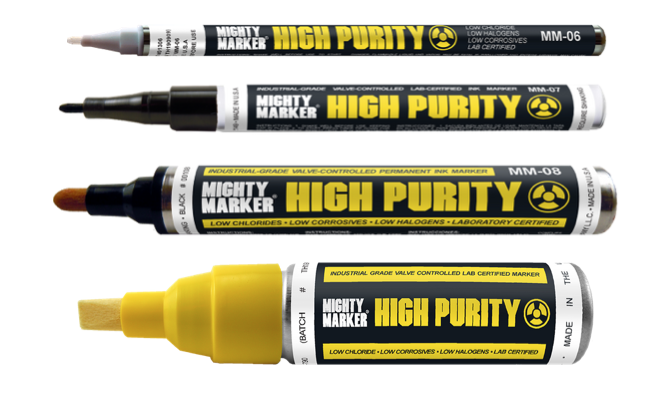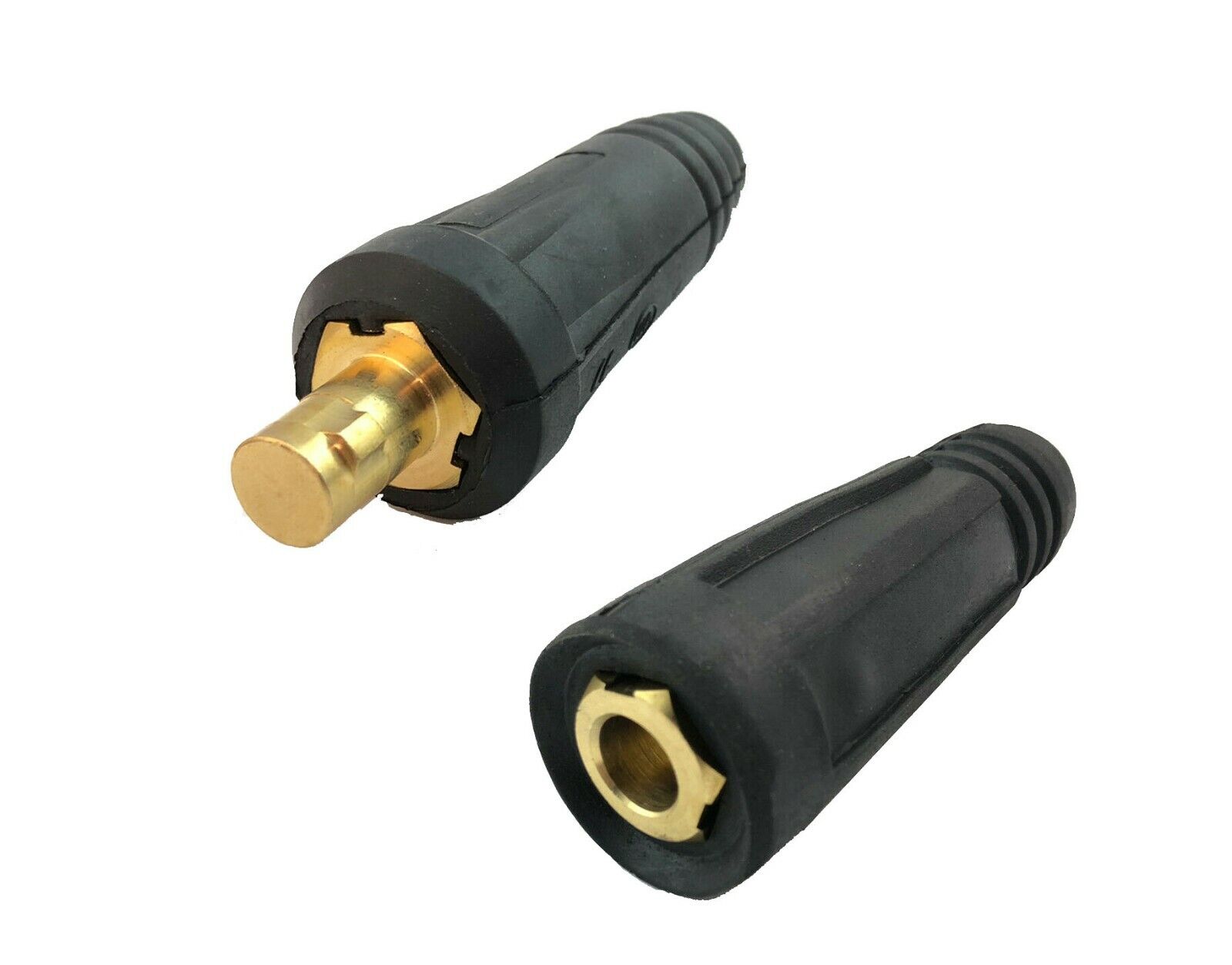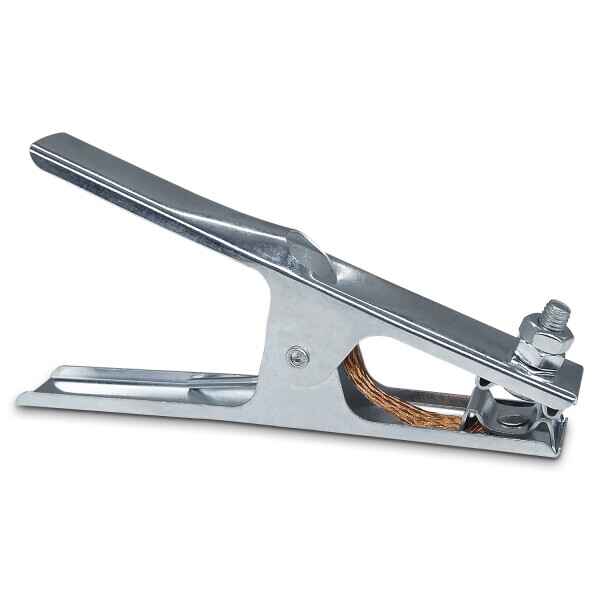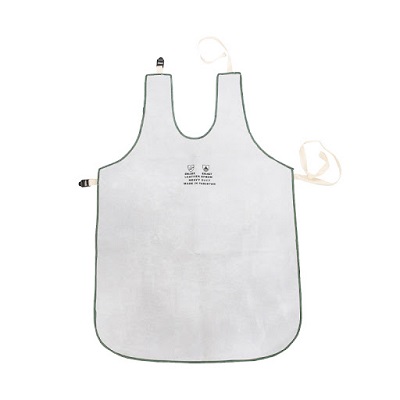Welding machines are devices designed to generate the heat and electrical current needed for welding processes. These machines are used to join metal pieces together by melting the base metal and often adding a filler material to form a strong, durable bond. Welding machines come in a variety of types and sizes, tailored for different welding methods such as Shielded Metal Arc Welding (SMAW), Metal Inert Gas (MIG) welding, Tungsten Inert Gas (TIG) welding, and Stick welding.
Welding machines work by providing a controlled electrical output, either alternating current (AC) or direct current (DC), depending on the specific welding process and the materials being welded. They are equipped with various settings and controls, allowing welders to adjust the voltage, current, and other parameters for optimal results.
In addition to their core welding capabilities, modern welding machines often feature built-in safety functions, such as thermal overload protection, and user-friendly interfaces that enhance ease of use. They are commonly used in manufacturing, construction, automotive, and repair industries, offering solutions for both light-duty and heavy-duty welding applications. The right welding machine is essential for ensuring high-quality, strong, and precise welds in a wide range of materials, including steel, aluminum, and other alloys.







